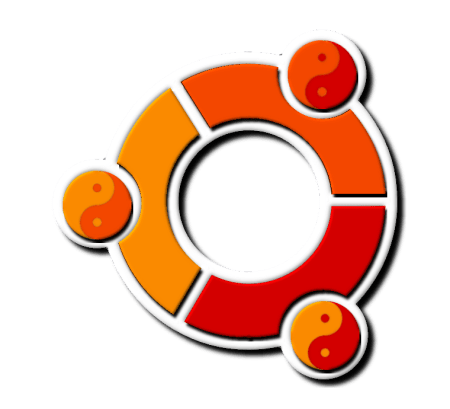Moving iTunes
Background:
I've been dual booting my laptop for quite a long time between Vista (for iTunes) and Linux Mint (for everything else). Over time, my Vista install has degraded, and my last attempt to clean it up killed it. Unfortunately, my iTunes library was trapped on that partition.
Sure, I could have backed it up, by I didn't think I needed to. I don't keep music files within the iTunes library, and I knew I could always resubscribe to podcasts if they were lost. However, I learned that I can't sync the iPhone to a new library without basically erasing everything on the phone, including all of the music. It would take hours to reload all of the tunes.
The Solution:
I read many tutorials online that outlined how to transfer the library. What a mess! Each was more confusing and tedious than the one before. Odd that even though Apple does a good job of making things clear and easy, this was not something most people could do. Especially tricky is the proper naming for the media files. Since I am moving from Vista to XP (virtual on the new Linux server), the path to "My Music/iTunes" will be different from one to the other. I did find one little section of a web page that told me that if iTunes couldn't find the media files in the directory listed, it would try in the default location for that install.
Now, it's easy. Using Linux, I copied the entire iTunes directory tree from the ailing Vista partition to the new virtual machine. Took a while to move 5GB+, but iTunes came right up. After a quick once through on the library, it is working fine.
But Can It Sync?
Yes.
(Before I could use USB on the virtual machine, I had to install the VirtualBox Guest Additions.)
I plugged the iPhone into a USB port on the Linux machine, and told VirtualBox to pass it through, and it worked. This was the first sync in a month, so there were many podcasts to load, and I also added some new tunes.
This whole process was much easier than I thought it would be.
(Because of other problems that have to be cleared up, I won't be able to sync again for a while.)
 Now that I have the computer assembled, it's time for software. I've been playing with different versions of Ubuntu and Fedora as I wait for Ubuntu 10.04 to be released. It dropped a couple of days ago, so it's time to go!
Now that I have the computer assembled, it's time for software. I've been playing with different versions of Ubuntu and Fedora as I wait for Ubuntu 10.04 to be released. It dropped a couple of days ago, so it's time to go! Next, it's time for Boxee. A new beta has just been release that works with 10.04, although not officially. I had trouble with earlier versions on the 10.04 RC not being able to connect, even while running on 9.10 worked OK. Sure enough, after the install, I couldn't login. The error message said "Internet connection not available".
Next, it's time for Boxee. A new beta has just been release that works with 10.04, although not officially. I had trouble with earlier versions on the 10.04 RC not being able to connect, even while running on 9.10 worked OK. Sure enough, after the install, I couldn't login. The error message said "Internet connection not available".

